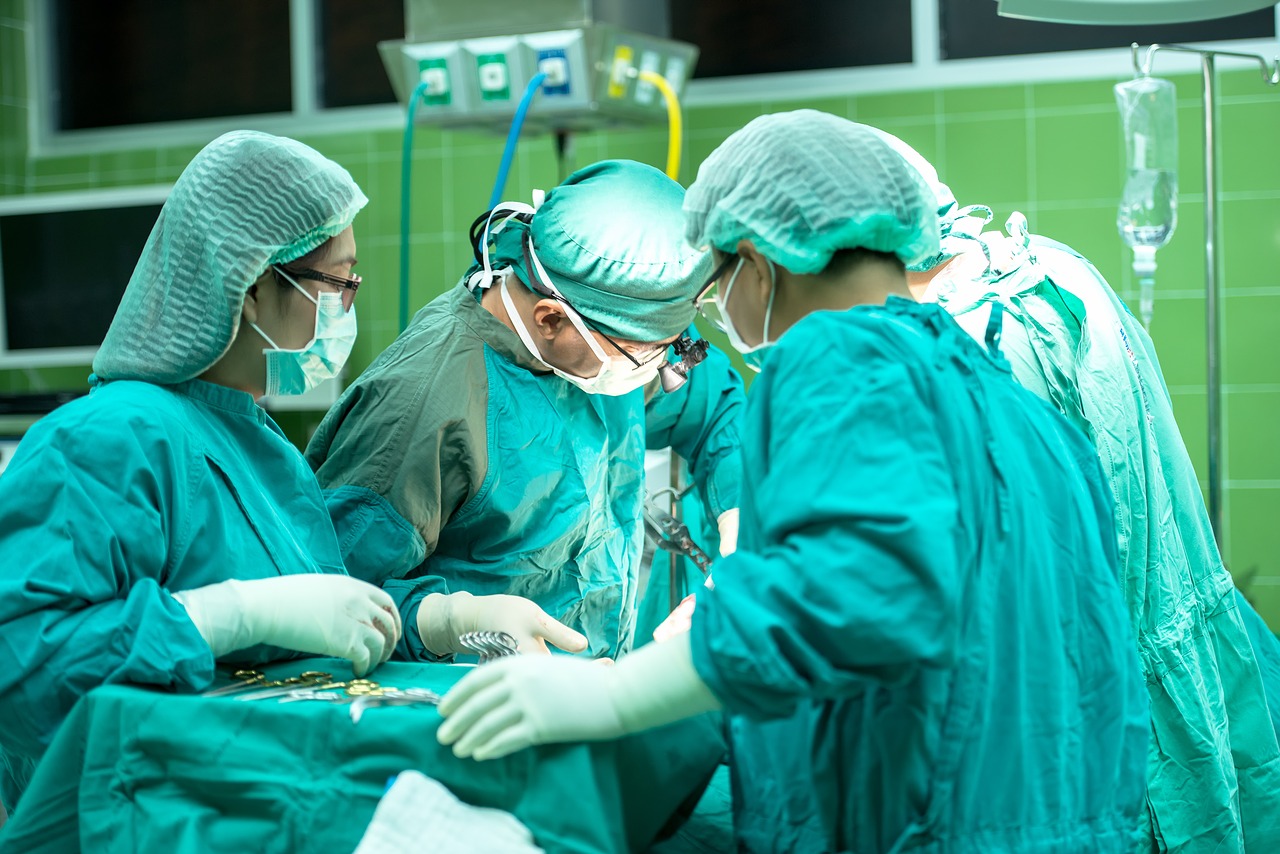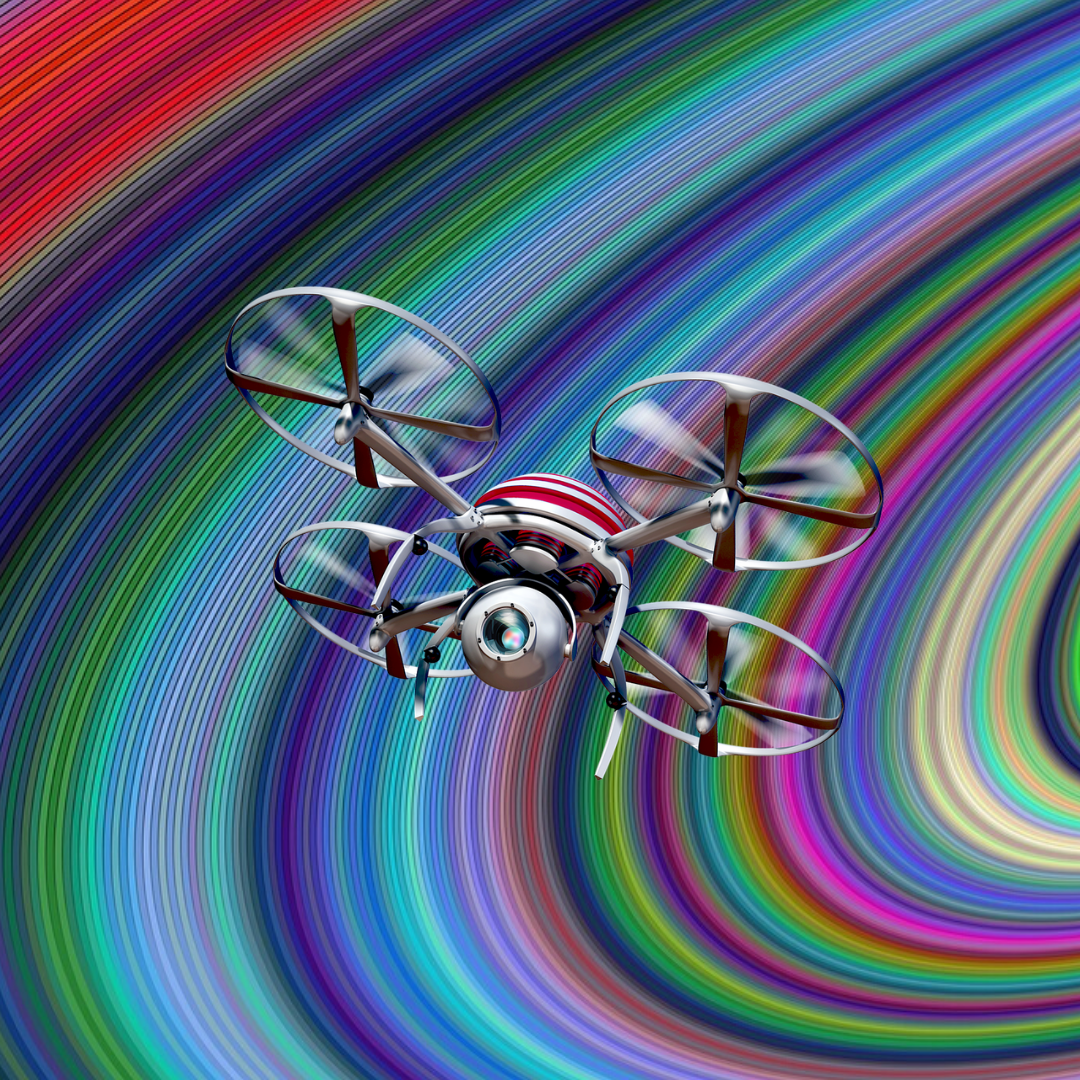According to the research of Keith Kirkpatrick and Aditai Kaul, in terms of total revenue from 2018 to 2025, global CV profit will be one third of the revenue from the entire AI software market. The data that was collected enables decision-makers to analyze and understand market dynamics and business opportunities in various fields objectively, which in its turn allows more efficient planning of goals and objectives, strategies, and access to new markets.

What is CV?
Computer vision is a form of Artificial Intelligence, where computers can “contemplate” the world, analyze visual data, and then make decisions based on this information or get an idea of the environment and situation. The CV growth factor is the amount of data that we generate today, which is then used to train and improve computer vision. The field of CV is expanding significantly with the advent of new hardware and algorithms, and the degree of accuracy of objects identification directly depends on this. Modern systems have already achieved almost 99% accuracy, which makes them more accurate than humans when responding quickly to visual signals.
How it works.
The ability of a machine to “see” is the most important component of all Artificial Intelligence capabilities realization. Imitation of human vision is possible if a machine receives, processes, analyzes and understands images.
The achievement of such results happened thanks to an iterative learning process, which became possible thanks to neural networks. It begins with a dataset which curator provides information that helps a machine to learn a specific topic. Neural networks use pattern recognition to distinguish between many different parts of an image.
The Main Benefits Experienced by CV Implementation.
Healthcare.
CV is widely used in medicine and this facilitates the diagnosis greatly, because the vast majority of medical data is based on images.
Face recognition.
CV technologies started to be used in face recognition procedure where a computer vision technique enables to predict the identity of a person from an image. Some countries use CV face recognition for police, payment portals, checkpoints at the airport and other places.

Driving a car.
Some car manufacturers are successfully using technology in the production of cars with automatic control that can detect objects, lane markings, traffic signs and signals for safe driving.
Google Translate.
Pointing your phone’s camera at different words allows the Google Translate App to communicate the meaning of the needed word in preferred language instantly.
Live Sports Tracking.
Computer vision can analyze the game and strategy, performance and player ratings, as well as track the visibility of brand sponsorship in sports broadcasts which has become so popular today.

Production.
Intelligent service is a form of work in which the equipment is controlled by computer vision for the maximum degree of elimination of breakage and downtime. Packaging and product quality are monitored, and defective products are sorted by CV. The technology is still new enough for production, but there are already a huge number of real applications that reorganize business processes. Human manual labor is reduced, and this makes it possible to focus on more important tasks, because machines will automate processes based on image recognition.
How to Implement Computer Vision in a Warehouse to Make Business processes More Effective.
The scope of using CV in warehouse processes and logistics is expanding, and more and more companies are ready to invest in it. Decision-makers are eager to invest in CV because of the growing variety of benefits that technology offers.
How to apply computer vision technology in organizing processes in a warehouse to make business automated, efficient and more profitable? The advantage to note about computer vision used in a warehouse is pure automation, which helps to exclude the human factor completely. WMS with the help of CV becomes safer and much more productive compared to performing the same task by people. When a huge number of items is needed to be packed and barcoded, a person, in most cases, physically cannot control everything. Computer vision in warehouse management, in its turn, can cope with this task. Besides, today some systems can almost wholly replace a person.
Our use case where CV technology allows surveillance cameras to streamline business processes along with security control show the effect of pure automation ![]()
What do we get as a result?
- object detection and tracking
- marking recognition
- real-time WMS integration
- business process quality management
As we see, computer vision systems are capable of performing non-standard tasks. And in conjunction with other latest technologies, CV can completely change the idea of a warehouse organization and automatization of its processes.
Most production facilities in a warehouse are equipped with devices that make human labor easier and handle different tasks daily. The difficulty lies in the fact that each such a task (tracking, counting, etc.) must be programmed to work with a certain type of object of the particular size and weight.
Such tasks can be solved with the help of CV and are already being tested in warehouses that meet the conditions for which such systems were developed. Equipped with computer vision systems can already perform more complex tasks. If CV continues to cope with tasks successfully, the human participation in this type of activity will become minimal over time.
© Corpitech, 2020.
